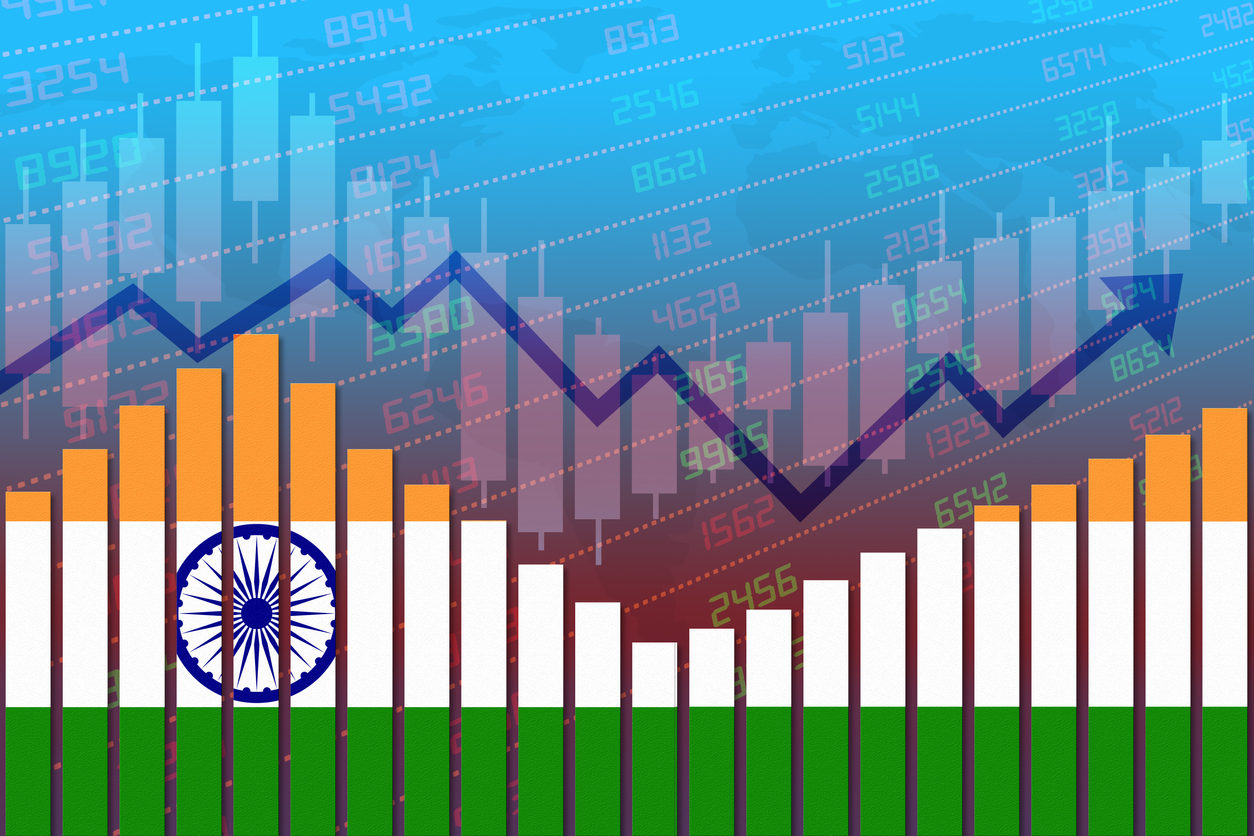- Monday, June 30, 2025

By: Shubham Ghosh
INDIA’S gross domestic product (GDP) is expected to expand by 9.2 per cent in the current fiscal, the Economic Survey 2021-22 tabled in the parliament on Monday (31) said.
“Advance estimates suggest that the Indian economy is expected to witness real GDP expansion of 9.2 per cent in 2021-22 after contracting in 2020-21. This implies that overall economic activity has recovered past the pre-pandemic levels,” the survey said.
Almost all indicators suggest that the economic impact of the ‘second wave’ of the coronavirus pandemic in Q1 was much smaller than that experienced during the full lockdown phase in 2020-21 even though the health impact was more serious, it added.
Indian finance minister Nirmala Sitharaman tabled the annual report in Lok Sabha or the lower house of the parliament on the first day of the budget session.
Agriculture and allied sectors have been hit the least by the pandemic and the sector is likely to grow by 3.9 per cent in 2021-22 after growing 3.6 per cent in the previous year.
Advance estimates suggest that the gross value added (GVA) of industry (including mining and construction) will rise by 11.8 per cent in 2021-22 after contracting by seven per cent in 2020- 21.
The services sector has been impacted the most by the pandemic, especially segments that involve human contact. This sector is estimated to grow by 8.2 per cent this financial year after 8.4 per cent contraction last year, Asian News International reported.
Total consumption is estimated to have grown by seven per cent in 2021-22 with significant contributions from government spending. Similarly, gross fixed capital formation went beyond the pre-pandemic levels, thanks to ramped up public expenditure on infrastructure, the report added.
Exports of both goods and services have been exceptionally strong so far in 2021-22 while imports also recovered well with recovery in domestic demand and higher international commodity prices.